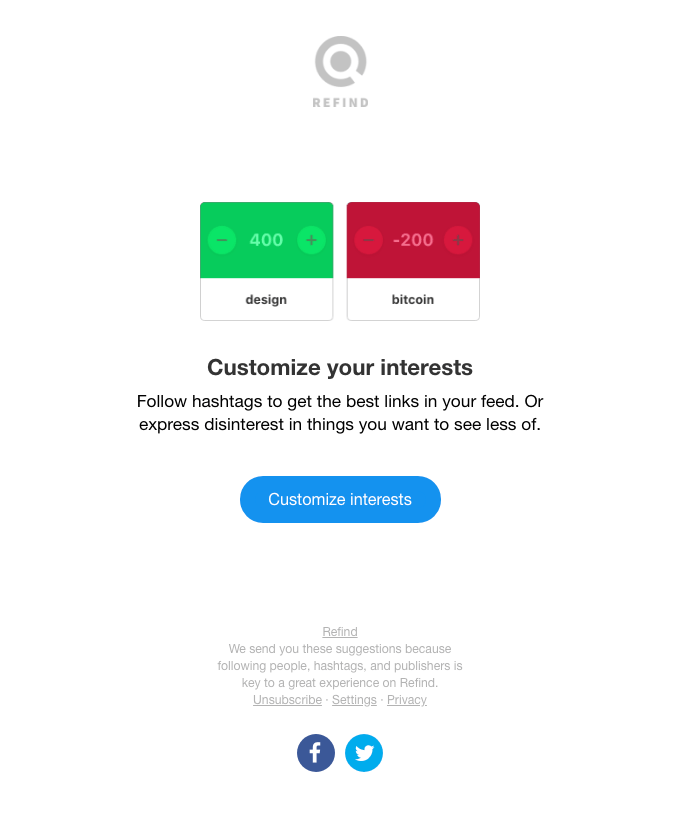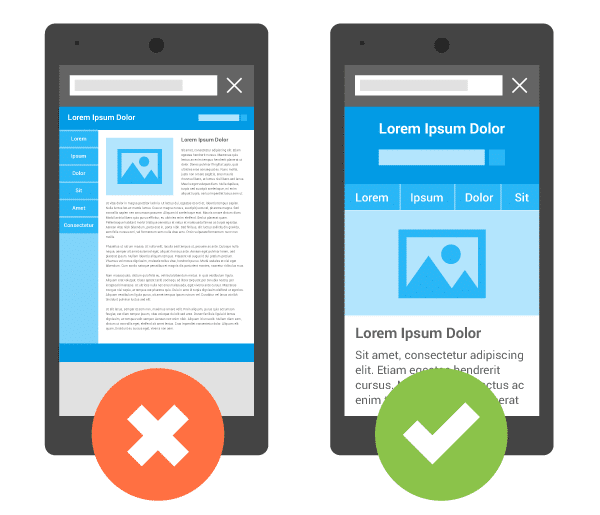5 Things to consider before creating an SEO strategy
2019 is the perfect year for taking your business to the next level and connecting with your audience using creative and intelligent SEO strategies.
After all, Google processes a heavy 3.5 billion searches per day, and is the most-visited website in the world. So, how do you connect with your online audience using the power of smart search engine optimization?
A major part of this is creating an SEO strategy that’ll work best for you, your business, as well as connect with your ideal audience.
A note before continuing: when it comes to SEO, there’s no one-size-fits-all strategy because it highly depends on your website, your content, and what type of audience you’re striving to reach. But by keeping these five tips in mind before crafting your SEO strategy will set you up to make your business more searchable online.
5 things to consider before creating your SEO strategy
Before you start creating an SEO strategy, here are a few steps you can take to help you gauge where you’re at and where you might want to improve.
1. Evaluate your website.
Creating an SEO strategy is all about encouraging people to visit your website, to engage with your content, and to drive conversions. But before you start planning that journey, think about what your website looks like.
Try to look at it as an outsider and consider whether it’s user-friendly and if it’s easy to navigate. Have several people test out your website. Perform a pretend scavenger hunt to find various items on your website.
Don’t forget that a large percentage of your audience will be accessing your website through their mobile device. Make sure you access the website through a tablet and smartphone to see what type of user experience these visitors are having.
Think about how people of all ages will navigate your site. If a searcher finds you on Google for a keyword, they want to see your page immediately, and they want to know everything about the topic in a matter of minutes. If they can’t get that from your website, you can count them finding what they’re looking for somewhere else—without skipping a beat.
Your goal should be to lock in that website visitor and inspire them to stay on your page long enough to find what they’re looking for (and then some).
A similar rule applies to your social media profiles. These channels will also attract visitors to your sites, so go through the same test and try walking through the user experience with fresh eyes.
Don’t forget the quality of your written content. Is the content itself engaging and relevant to your audience? If you need help thinking of content and formatting for your website, check here for landing page ideas.
2. Consider your goals.
Once your website is where you want to it to be, think about the types of goals you have in mind.
-
What aspects of your business are you looking to improve?
-
Is it more traffic? Research the right keywords and create a higher quantity of high-quality, strategic SEO content.
-
More clicks? Focus on conversion elements and consider hiring a conversion or CRO expert to help you turn more traffic into buyers.
Whether your goal is more organic traffic, more page views, higher clicks, or more down-funnel activity, knowing what you’re looking for will help you get there. It can also be helpful to think about what your readers might be looking for that would encourage them to click on a post or engage with it.
Keeping these metrics in mind throughout your business strategy will set you up to measure your progress in real time and keep track of it in the future. Each goal should be mapped to different tactics you can employ to help optimize your strategies, which is why it’s crucial to know your goals ahead of time.
3. Keywords are key.
Did you know that the top five search results on Google get 70% of the clicks?
Researching effective keywords is paramount to bring the ideal traffic to your website and improve your spot on search results. Tools like Google Keyword Planner can help you identify keywords that your competition might be using, as well as ideas for unique keywords to attract more customers to your pages.
Using free keyword planners can help you get started, but there are also paid tools out there that can help you uncover keywords for your business that will provide better results, like SEMrush and KWFinder.
The use of long-tail keywords is essential, aiding to make your business more visible in a sea of businesses selling similar products. For example, if your main keyword is “coffee,” avoid the single word “coffee” because you’ll inevitably pull up millions of listings from businesses using that keyword—and that list will be sky-high. Instead, use a keyword tool like KWFinder to look up keywords that offer a lower competition score. Using this method will help you rank faster for ideal keywords in Google.
Once you have a basic set of keywords, you can continue to utilize these as part of your SEO strategy, but you can always change things up as you see fit.
4. Crank out quality content.
A major component of an effective SEO strategy is continuously creating relevant content that will lead customers back to your website and social media pages.
Google is intensifying its focus on ranking only the highest-quality content, according to expert Eric Enge on Search Engine Journal.
Have you ever searched for a business, only to be led to a website that hasn’t been updated in five years? It obviously doesn’t leave the best impression on a prospective customer, sending the message that the organization isn’t tending to its content.
On the other side of the coin, when a business is active updating and adding to their website, it shows that they care about their offering as well as their customers, so prospects are more likely to develop trust with that brand.
Now, this doesn’t mean you have to sit at your computer every day and write out a 1,500 word post composed of tweetable lines, but scheduling and automation will play a major role in how successful your content strategy is. If you haven’t already, sit down with your team and come up with a content plan to figure out which types of topics you’d like to cover on your website, and how that can cross to your social media platforms.
There are a variety of tools you can use to plan and schedule out content ahead of time and work out your posting strategy. These scheduled posts can always be edited or re-arranged, but having a plan in place that you can work around is foundational as the month ensues. Think of your scheduled content as the meat and potatoes of your posting strategy, with your unscheduled posts as the seasoning that can be added to enhance the overall flavor.
Further down the lines of content, listen to what your clients or customers are telling. You’ll often find they’re letting you know what they want to see from your brand or what they'd like your opinion on.
Here’s an email from Refind that reminds readers that they are free to choose the type of content they would like to see more and less of.

When your customers trust in you and your brand, their perspectives start to shift. Their trust will lead to a higher value in what you have to say versus your competitors, leading to more purchases in the future. You can also capitalize on this this information by compiling it into a monthly email newsletter that shares exciting updates and answers to frequently asked questions.
If you’re thinking about creating a monthly or weekly newsletter for your business, check out our tips to becoming a master content curator.
5. Know your audience.
When you study your audience’s demographics, investigate more details regarding where the audience is from, what they’re frequently searching for, and how you can help fill that need.
When you know what your audience is hoping to buy and what type of information they want to consume, you can carefully curate content that’s targeted to them, which will directly lead them to your website and social media platforms.
Look into your organization’s market and what the typical spending habits are of the customers who have purchased within that market. Where are these customers located? How does this correlate with your business? It’s also helpful to determine how your customers are finding your website or social media platforms, as well as what they are reading.
Study where the most clicks are happening on your website, which posts your customers are liking and engaging with the most, and how you can continue to create this type of content to give your audience what they want.
Sometimes it takes time to gather enough data to start tailoring your content in this way. But you can set reminders to take this information as you go and adjust as necessary.
Wrap Up
Remember that keeping these tips in mind is a small piece of a process that takes time, effort, and patience to come to fruition.
Test and get to know your website from a user’s perspective. Know your goals with SEO, and use it to find the right keywords. Focus on quality content, and use what you know about your audience to level up your strategies as you go.
SEO is not a set-it-and-forget-it tactic, but once you find a method that works for you and your business, it can pay off in a major way.
MOST RECENT ARTICLES
Want to engage your audience and grow your brand? Try Emma's robust easy-to-use product today.















